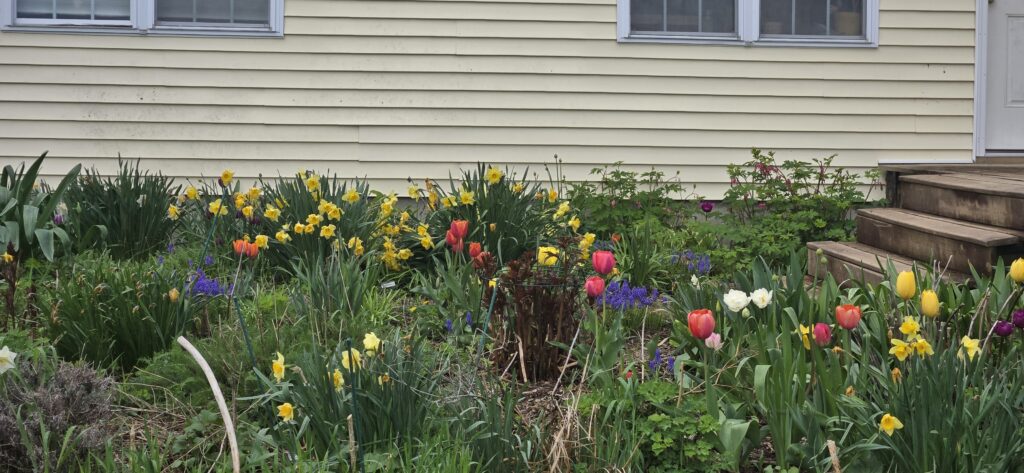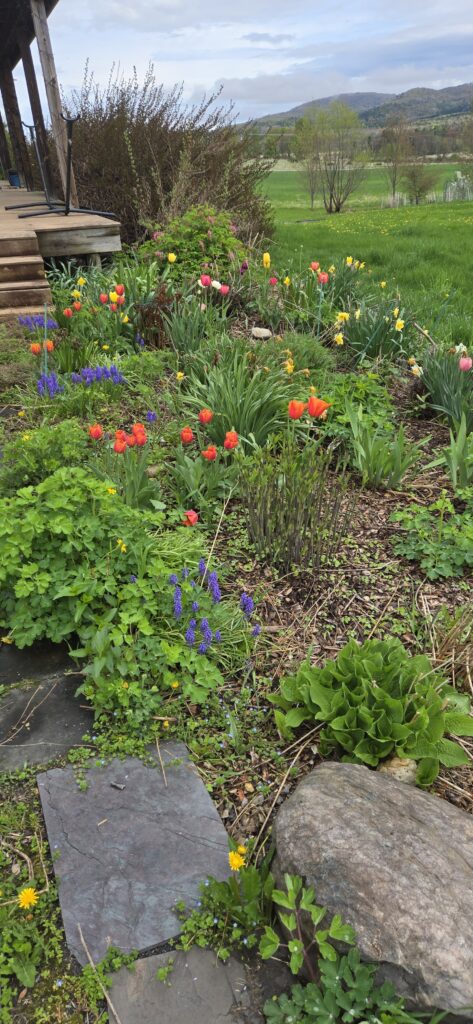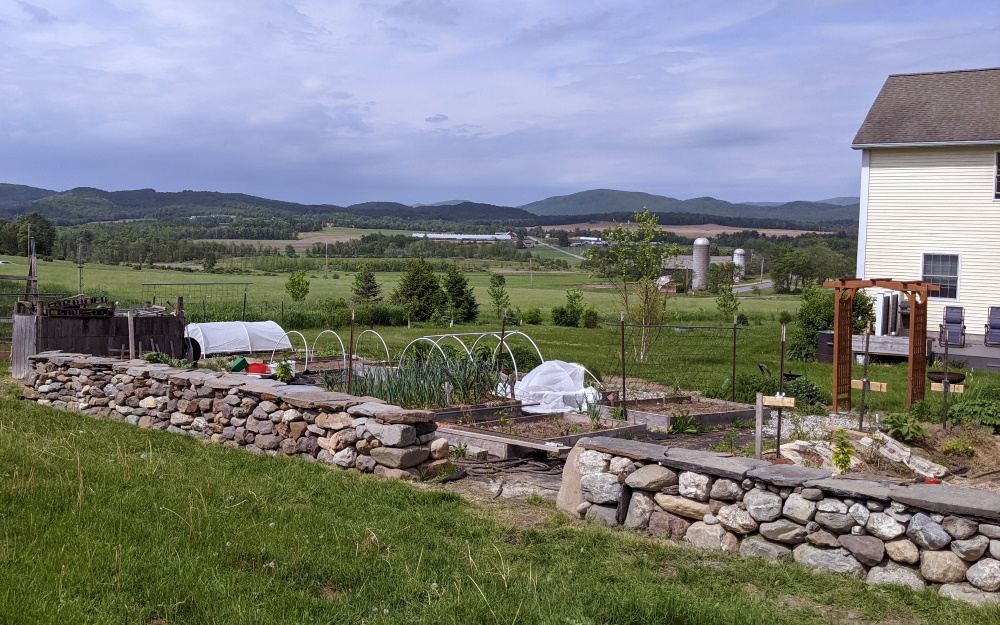This is a bit of a housekeeping post, so ignore if you are only interested in the homesteading content.
I’ve had some version of a personal website around about as long as I could afford to do so. Long before this blog, I hosted a site with my swartzentruber.net domain.
Since being laid off in February, I had time to catch up on a few personal things, including updating this blog. I also explored some technical areas I’ve been wanting to learn more about.
<nerd alert>I have been wanting to play around with Docker a bit more in a practical sense, so I spent some time to
- update and clean up the content
- move to the latest version of .net Core
- Dockerize the resulting site
- Set up an AWS Lightsail container
- Figure out how to upload a Docker image, deploy it and get it working with HTTPS
Definitely had to figure out a few quirky things that started to make sense after troubleshooting, but that’s part of the reason I wanted to do this. Doing something >> reading about something.</nerd alert>
Anyway, everything is up and running now with a new look. Rather than spend a lot of time on doing a design from scratch, I found a Bootstrap template that I liked well enough and adjusted it for what I wanted. While my personal site has mainly been a pretty simple site with some homesteading and hobby talk, I decided to make it a bit more of a portfolio site and added information related to my career and job search. I’m not sure if anybody takes the time to see what exists at swartzentruber.net, based on my main email address. But it doesn’t hurt to look like you have something relatively up-to-date and informative. I do want to add a few photos here and there for some visual interest, but the bones of it are ready.
So feel free to check out the new swartzentruber.net and let me know what you think.









